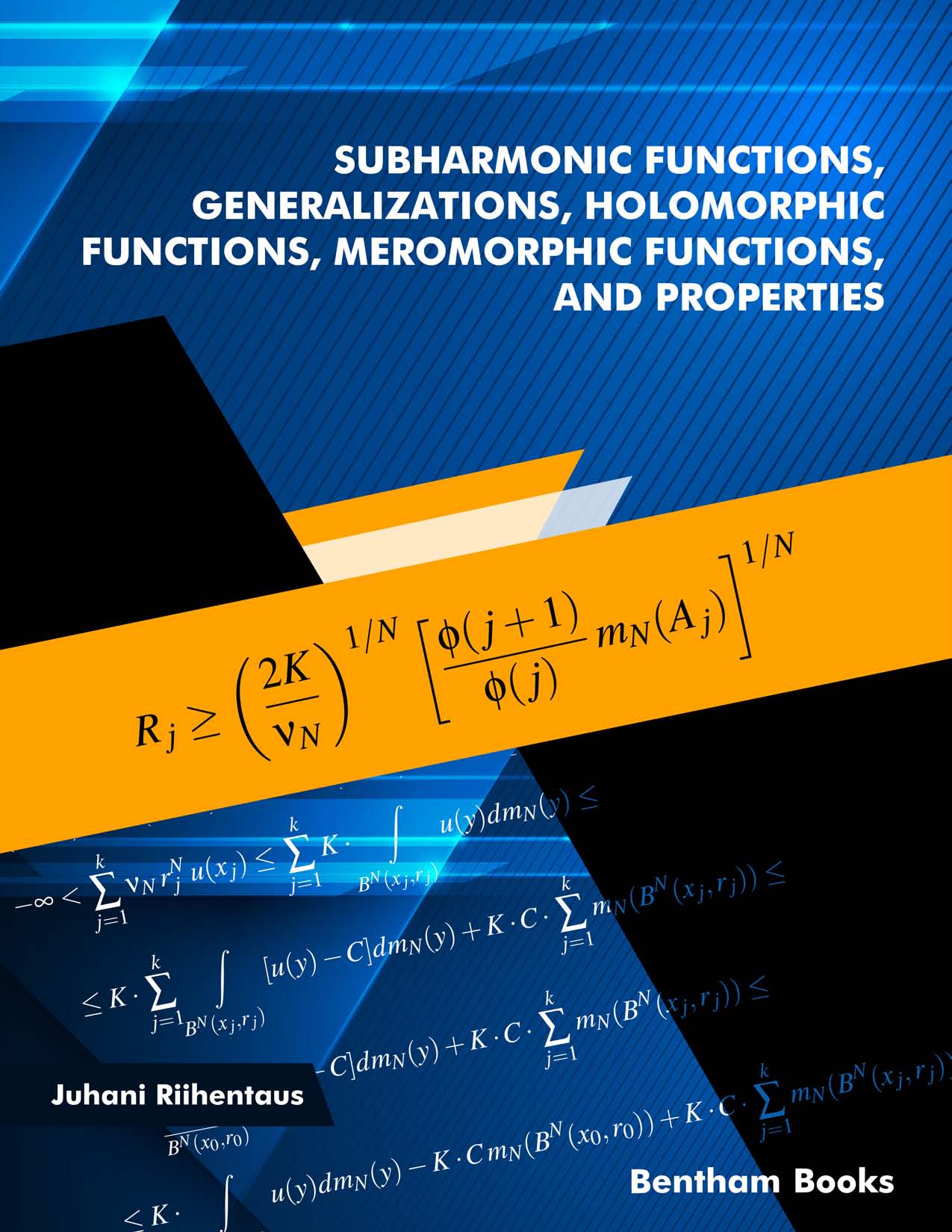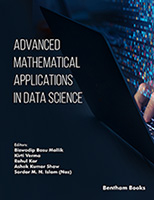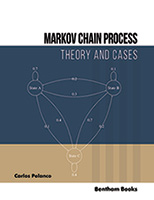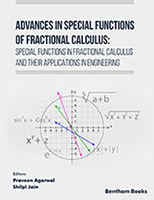Our presentation is divided into two parts. In the first part we consider
subharmonic functions and their generalizations, so-called quasinearly
subharmonic functions. In the second part we consider certain extension results
for subharmonic functions, for holomorphic functions and for meromorphic
functions.
Harmonic functions play a crucial role in mathematics. The same is true for a
generalized class, for subharmonic functions. In this important area many authors,
to mention just a few, Szpilrajn, Radó, Brelot, Lelong, Avanissian, Hervé, and
Lieb and Loss, have found it useful to consider more general function classes,
namely quasisubharmonic functions, nearly subharmonic functions, and almost
subharmonic functions.
We are considering a rather general function class, namely quasinearly
subharmonic functions. This class includes quasisubharmonic functions, nearly
subharmonic functions and even almost subharmonic functions, at least more or
less. Our class has its roots at least in the late fifties. The class of quasinearly
subharmonic functions includes, in addition to nearly subharmonic functions, also
functions satisfying certain growth conditions, especially certain eigenfunctions,
polyharmonic functions, and subsolutions of certain general elliptic equations.
Since harmonic functions are included in our class, nonnegative solutions of some
elliptic equations are included. In particular, the partial differential equations
associated with quasiregular mappings belong to this family of elliptic equations.
Though the class of quasinearly subharmonic functions is indeed large, the use of
it seems, nevertheless, to be justified. In some instances, the use of quasinearly
subharmonic functions makes it possible to simplify and clarify certain proofs of
subharmonic functions, and sometimes even improve the existing results. As
examples, the subharmonicity results of separately subharmonic functions are
presented in section 5, and the weighted boundary behavior results of
subharmonic functions in section 7.
In the second part we consider removability results for subharmonic functions, for
separately subharmonic functions, for harmonic functions, for separately
harmonic functions, and for holomorphic and for meromorphic functions. Our
results are related, at least slightly, to the well-known already existing results of
holomorphic and meromorphic functions.
CONSENT FOR PUBLICATION
Not applicable.
CONFLICT OF INTEREST
The author declares no conflict of interest, financial or otherwise.
ACKNOWLEDGMENT
Declared none.
Juhani Riihentaus
Department of Mathematical Sciences
University of Oulu
P.O. Box 3000
FI-90014 Oulun yliopisto, Finland and
Department of Physics and Mathematics
University of Eastern Finland
P.O. Box 111
FI-80101 Joensuu
Finland
E-mail: juhani.riihentaus@gmail.com





